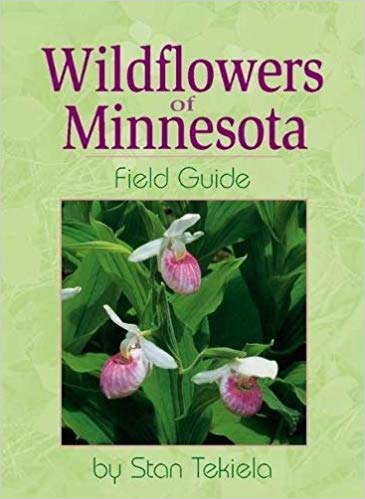A Gardener’s Reading, 10 of 30
By Stan Tekiela (Adventure Publications, 1999)
Wildflowers of Minnesota is one of several guides by Minnesota-based naturalist and photographer Stan Tekiela. (The bird and mammal guides are great for nature watchers.) In this guide, Tekiela identifies about 200 Minnesota wildflowers, giving information on how and where they grow, what their leaves and flowers look like, and how they might (or might not) be useful to home gardeners.
 The book is organized by flower color, which is helpful since color is one of the easiest things to notice in a plant. But beyond that, Tekiela shows how the leaves are arranged and describes where you are most likely to find the plant in the wild. If it showed what the plant looks like when it first emerges in the spring, it would be the perfect wildflower guide.
The book is organized by flower color, which is helpful since color is one of the easiest things to notice in a plant. But beyond that, Tekiela shows how the leaves are arranged and describes where you are most likely to find the plant in the wild. If it showed what the plant looks like when it first emerges in the spring, it would be the perfect wildflower guide.
For gardeners, it has some special uses. For instance, it was with this guide that I first identified wild parsnip growing in the meadow area behind my yard. An invasive, wild parsnip is pretty in its way—with yellow up-facing broad flowers—so knowing this one will take over was helpful, and sent me on a wild spree of pulling the stuff from the meadow. (Be sure to wear gloves; it can sting the skin.) It’s also useful for determining which natives might have a place in your garden. From spring ephemerals, such as pasque flower, to big prairie plants, like common sunflower. From a more intellectual perspective, I enjoyed looking through the book to see how the characteristics of plants from the wild have been transformed by breeding into the garden plants we know.
If you live near or like to visit wild places or just have a love of native plants, Wildflowers of Minnesota is well worth having in your library.
Leave a Reply